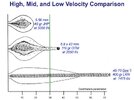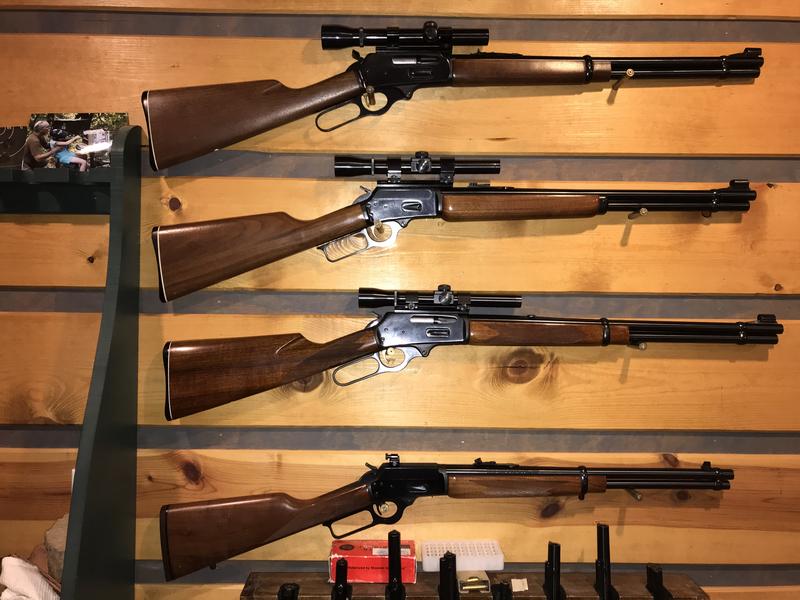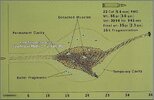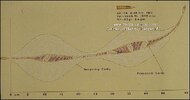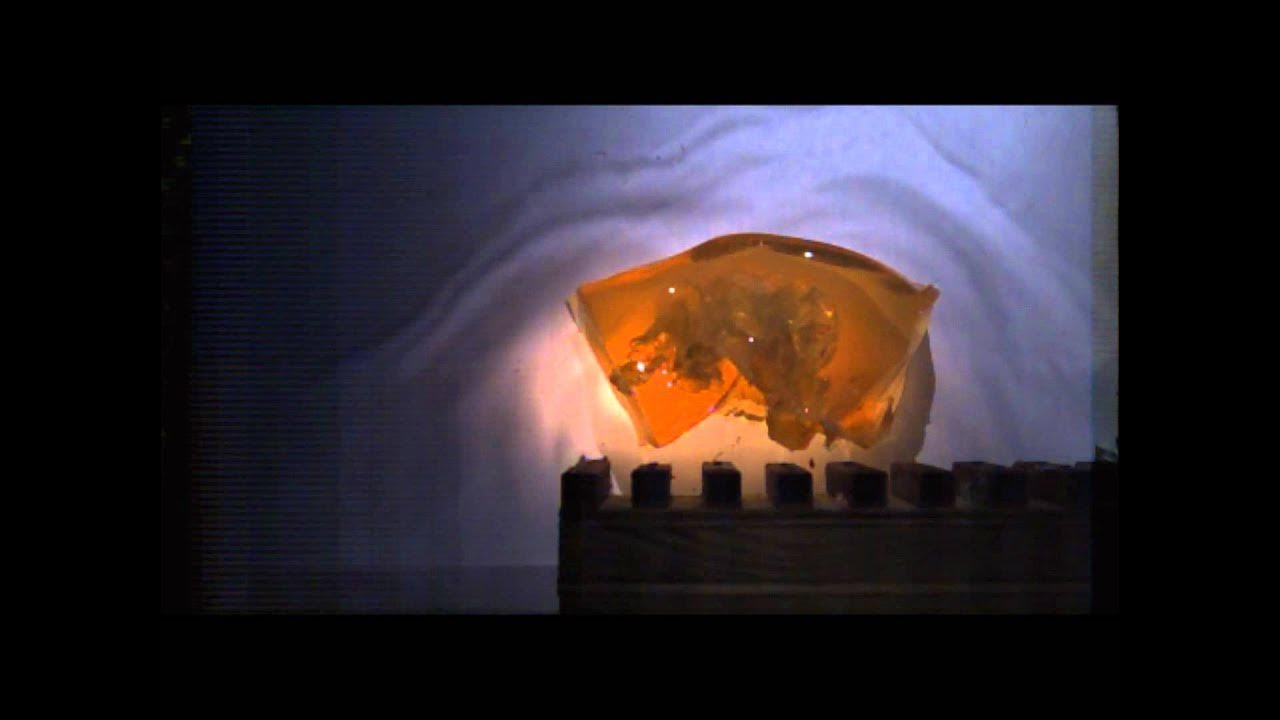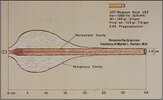westernrover
Member
- Joined
- May 4, 2018
- Messages
- 1,613
What do you think? I was reading the Henry 357 rifle thread and realized that in spite of being heavily invested in 357 with lots of components on hand, I don't have a rifle or carbine in it but instead bought a 223/5.56 carbine this year. Because of components I bought in 2019, I can load 357 for about half the current cost of 5.56x45 or 223 Rem. I still wanted a semi-automatic carbine, so I have no regrets about that.
I stocked some 5.56 when LC dipped below 40 cents this summer. With prices rising and no end to that in sight, I don't have plans to burn up thousands of rounds of it. So obviously there are differences in action types, magazine styles, and cartridge prices, but how do they differ in ballistics and terminal effect?
357 Magnum is reported to have a case capacity of 26.2 grains of H2O whereas 5.56x45 is supposed to have 28.5. 5.56 has more, but only a little bit more. 357 Magnum bullets are almost always heavier and have more drag. 90 grains would be very light, whereas 200 grains is on the heavy end. 5.56 bullets can be as little as 30-something grains and as much as what 90 grains? Because all the .357" bullets are short, only one twist rate is needed to stabilize them all. With 5.56, suitable twist rates can double from the light to heavy bullets and there is not one that is really compatible with all. So this could be a three-way comparison between 357, 556 with a 1:7 twist and heavyweight bullets, and some less radical twist with middle or lightweights. 556 also seems to be more dependent on barrel length. A 16" barrel gets most everything out of a 357. To be sure, I think the data continues to show small gains up to 20". The 556 post much more substantial gains between those same lengths and it suffers a great deal more in pistol-length barrels than does 357.
At what length would you say 357 from a rifle maintains a practical trajectory? 150 yards? 556 is certainly flatter and since it is both faster and lower drag, it's going to maintain effectiveness out to longer ranges. Within 100 yards, wouldn't heavy 357 have more momentum? I can remember Fackler writing that within this sort of range, 45 ACP didn't have as much disadvantage to steel core 7.62x39 as some people perceived, because of the latter's poor terminal performance. 357 typically has some kind of hollow-point, SP, or SWC, whereas the most popular FMJ 556 is yaw-dependent.
If my targets were at 300 yards, there is no doubt the 556 is better than 357, but at that range and beyond, I'd really want a full-size rifle cartridge. Despite effective range that extends considerably farther, the proposition for intermediate cartridges is at intermediate ranges. When closer, like 50 to 150 yards, the semi-automatic action and 30-round detachable box magazines are going to be compelling for some uses, but not everything. Lever actions can be quick and for hunting I don't need more than a bolt-action or single-shot. What about a deer or antelope-sized target at 100 yards? (assuming regulations allow the .22 caliber and a suitable bullet can be chosen.) What do you think is better for farm and ranch protection? For a "truck gun"? Assuming a person chooses a carbine for home defense, 357 or 556?
I stocked some 5.56 when LC dipped below 40 cents this summer. With prices rising and no end to that in sight, I don't have plans to burn up thousands of rounds of it. So obviously there are differences in action types, magazine styles, and cartridge prices, but how do they differ in ballistics and terminal effect?
357 Magnum is reported to have a case capacity of 26.2 grains of H2O whereas 5.56x45 is supposed to have 28.5. 5.56 has more, but only a little bit more. 357 Magnum bullets are almost always heavier and have more drag. 90 grains would be very light, whereas 200 grains is on the heavy end. 5.56 bullets can be as little as 30-something grains and as much as what 90 grains? Because all the .357" bullets are short, only one twist rate is needed to stabilize them all. With 5.56, suitable twist rates can double from the light to heavy bullets and there is not one that is really compatible with all. So this could be a three-way comparison between 357, 556 with a 1:7 twist and heavyweight bullets, and some less radical twist with middle or lightweights. 556 also seems to be more dependent on barrel length. A 16" barrel gets most everything out of a 357. To be sure, I think the data continues to show small gains up to 20". The 556 post much more substantial gains between those same lengths and it suffers a great deal more in pistol-length barrels than does 357.
At what length would you say 357 from a rifle maintains a practical trajectory? 150 yards? 556 is certainly flatter and since it is both faster and lower drag, it's going to maintain effectiveness out to longer ranges. Within 100 yards, wouldn't heavy 357 have more momentum? I can remember Fackler writing that within this sort of range, 45 ACP didn't have as much disadvantage to steel core 7.62x39 as some people perceived, because of the latter's poor terminal performance. 357 typically has some kind of hollow-point, SP, or SWC, whereas the most popular FMJ 556 is yaw-dependent.
If my targets were at 300 yards, there is no doubt the 556 is better than 357, but at that range and beyond, I'd really want a full-size rifle cartridge. Despite effective range that extends considerably farther, the proposition for intermediate cartridges is at intermediate ranges. When closer, like 50 to 150 yards, the semi-automatic action and 30-round detachable box magazines are going to be compelling for some uses, but not everything. Lever actions can be quick and for hunting I don't need more than a bolt-action or single-shot. What about a deer or antelope-sized target at 100 yards? (assuming regulations allow the .22 caliber and a suitable bullet can be chosen.) What do you think is better for farm and ranch protection? For a "truck gun"? Assuming a person chooses a carbine for home defense, 357 or 556?


